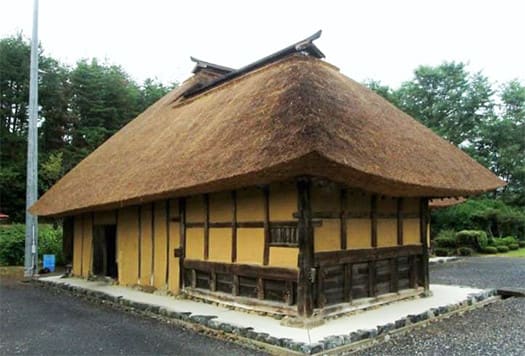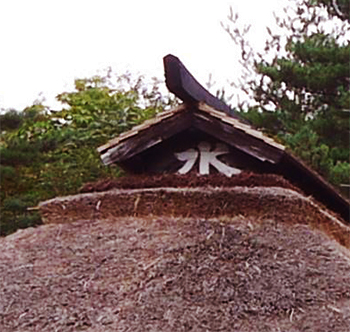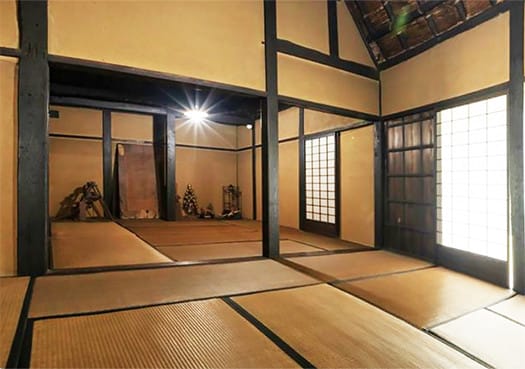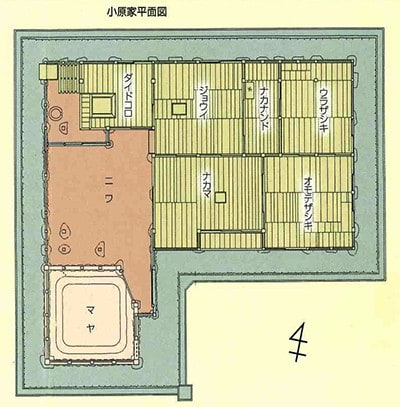
先日知人の旭化成・断熱材事業部スタッフの方から、
ブログで取り上げて欲しい、という率直な申し入れ(笑)。
聞いたら新住協・鎌田紀彦代表理事のWEB講演開催の案内とのこと。
わたしどもの事業の基軸である住宅雑誌「Replan」では
鎌田先生に「Q1.0住宅デザイン論」を連載執筆いただいております。
その過去記事もReplanWEBマガジンで好評掲載中。
そういう流れがあるので、広く情報共有としてお知らせいたします。
二人ともわたしどもでの連載記事をお願いしている
鎌田先生と東大工学部准教授の前真之先生の対論が
ちょうど先般行われ、その様子をこのブログで紹介したところ、
住宅関係のみなさんから反響がいろいろ寄せられている状況があります。
いま前真之先生は国交省関係の国の住宅政策検討プロセスに参画中で
かなりリアルな情報も発信されていた。
脱炭素が大きく叫ばれ始めた状況の中で鎌田先生の情報発信には
大きな意義があるだろうと考えられます。
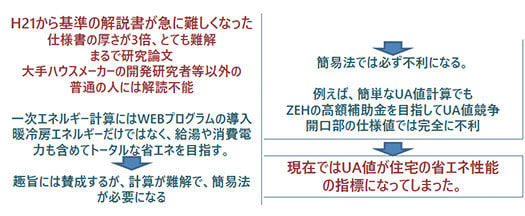
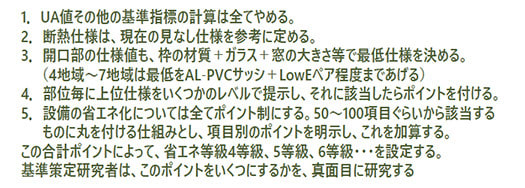
このプレゼンデータは国の脱炭素住宅施策への
「提言」ともいえる鎌田先生の情報発信。(対論時のプレゼン資料より)
いまちょうど国交省・国の施策会議の重要な局面ということなので、
それに向けて世論喚起という意味合いもあろうかと思います。
●セミナー概要
「暖房負荷から考える外皮設計の作法」
●開催スケジュール
6月8日(火) 16:00開始〜17:30終了予定
●参加方法
以下URLにアクセスして申込み。登録のメールアドレス宛てに
Zoomのオンラインセミナー用のURLを送付するとのこと。
■申込みURL
https://pages.asahikasei-kenzai.com/20210608-NEOMAACADEMY-01_input.html
●問い合わせ先
neoma-academy@om.asahi-kasei.co.jp
旭化成建材株式会社
断熱材事業部 住宅断熱営業部
このような状況の中での旬の話題が発信される可能性が高い。
すべての住宅建築事業者・関係者にとってもマストな情報でしょう。
English version⬇
[Mr. Norihiko Kamada 6.8 Neoma Academy WEB Lecture]
From the staff of my acquaintance Asahi Kasei the other day
A frank offer to be featured on the blog (laughs).
I heard that it was a guide to hold a WEB lecture by CEO Norihiko Kamada of Shinjukyo.
Needless to say, in our flagship magazine "Replan"
Professor Kamada has written a series of "Q1.0 Housing Design Theory".
The past articles are also being published in Replan WEB magazine.
Since there is such a flow, we will inform you as information sharing.
Just both of you are asking for a serialized article with us
A dialogue between Professor Kamada and Professor Masayuki Mae, an associate professor at the Faculty of Engineering, the University of Tokyo
It was held recently, and when I introduced the situation on this blog,
There are various responses from people related to housing.
Dr. Masayuki Mae is currently participating in the housing policy review process of countries related to the Ministry of Land, Infrastructure, Transport and Tourism.
Quite realistic information was also sent.
In a situation where decarbonization has begun to be screamed, Professor Kamada's information dissemination
I think it will be of great significance.
This presentation data is for national decarbonization housing measures
Information dissemination by Dr. Kamada, who can be said to be a "proposal". (From the presentation material at the time of the discussion)
It's an important phase of the Ministry of Land, Infrastructure, Transport and Tourism / National Policy Council, so
To that end, I think it may have the meaning of raising public opinion.
● Seminar outline
"How to design the outer skin from the viewpoint of heating load"
● Holding schedule
June 8th (Tuesday) 16:00 start ~ 17:30 end scheduled
● How to participate
Apply by accessing the URL below. To the registered email address
The URL for Zoom's online seminar will be sent.
■ Application URL
https://pages.asahikasei-kenzai.com/20210608- NEOMAACADEMY-01_input.html
● Contact information
neoma-academy@om.asahi-kasei.co.jp
Asahi Kasei Construction Materials Co., Ltd.
Insulation Material Division Residential Insulation Sales Department
There is a high possibility that seasonal topics will be disseminated in such a situation.
It will be a must-have information for all homebuilders and related parties.














